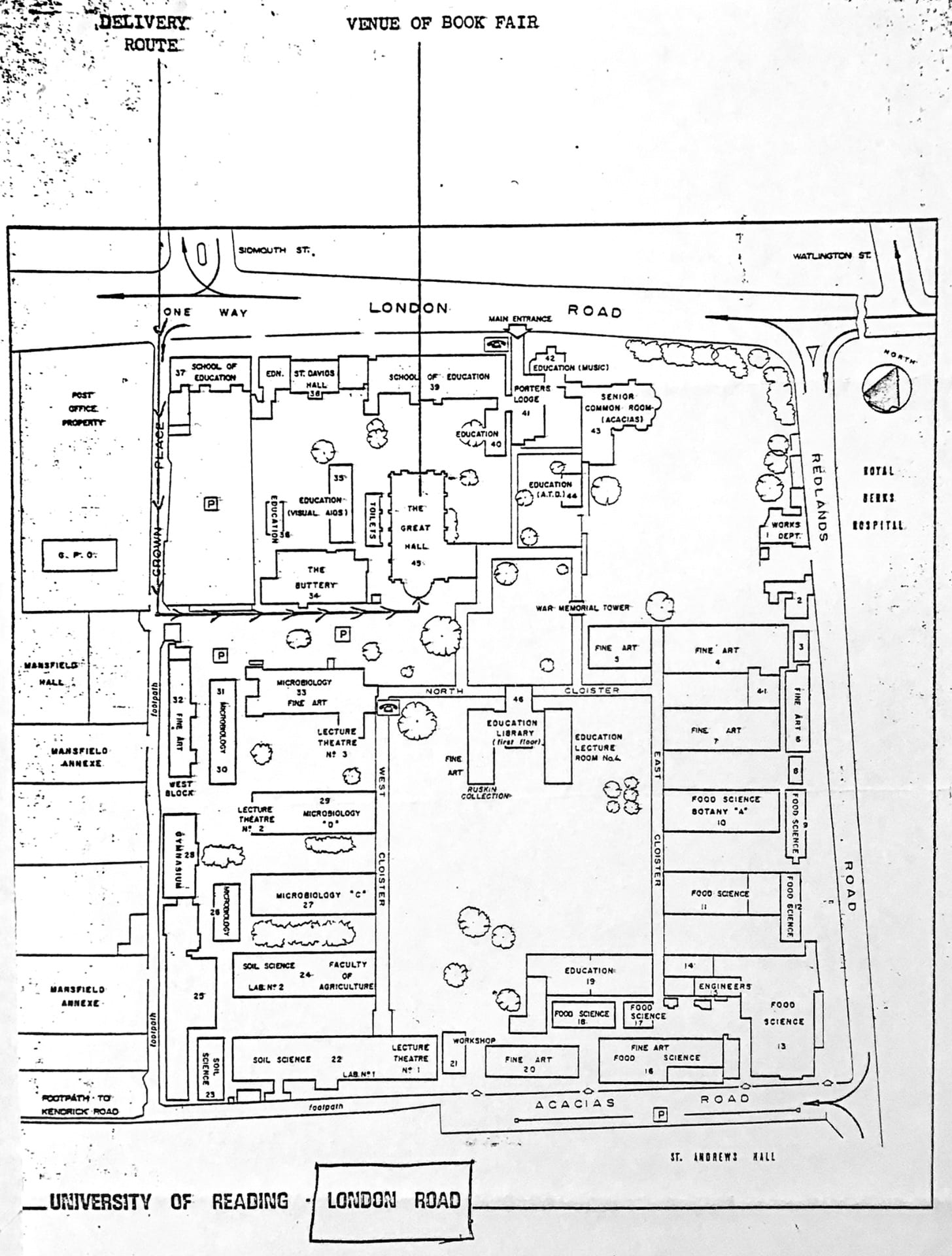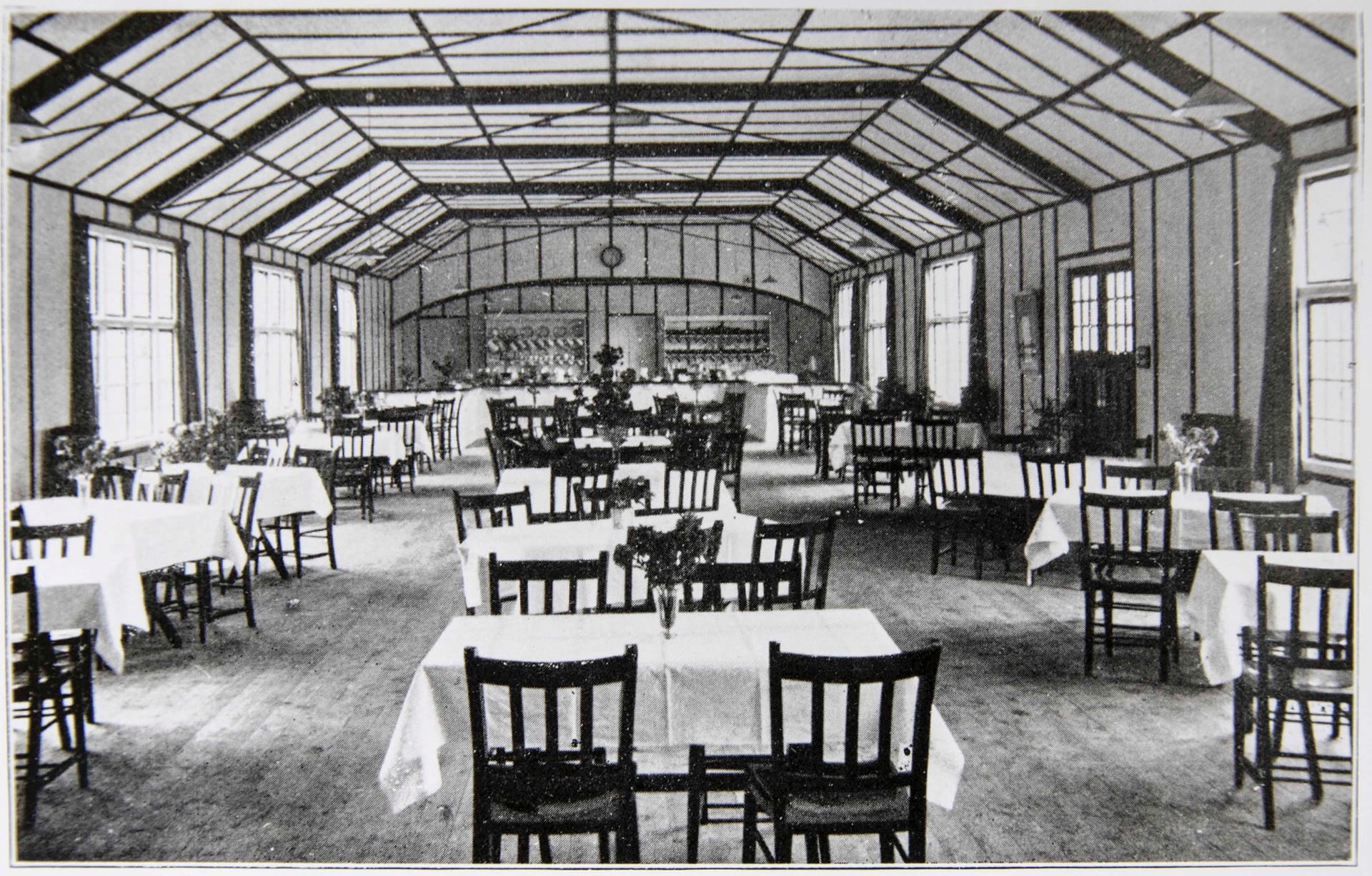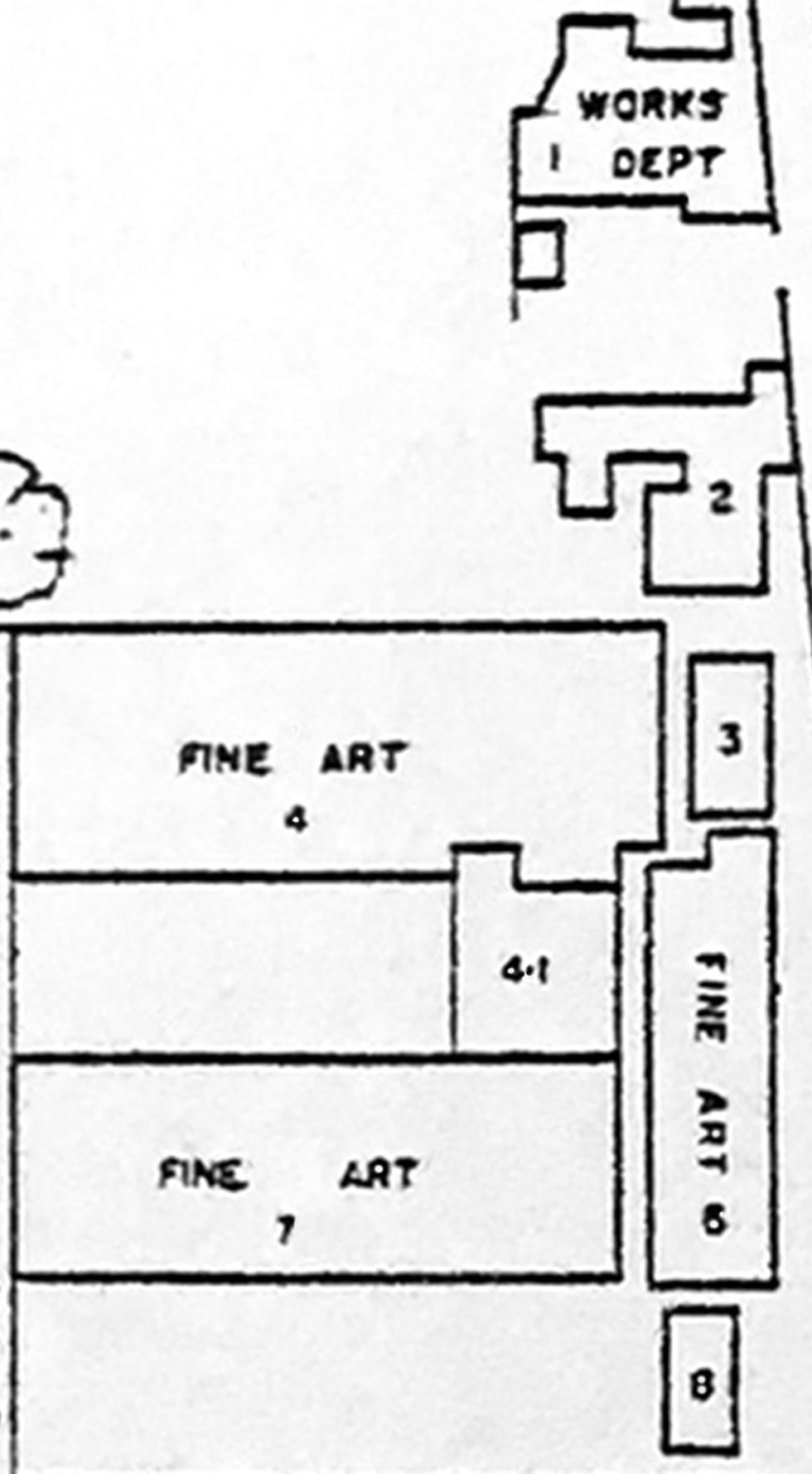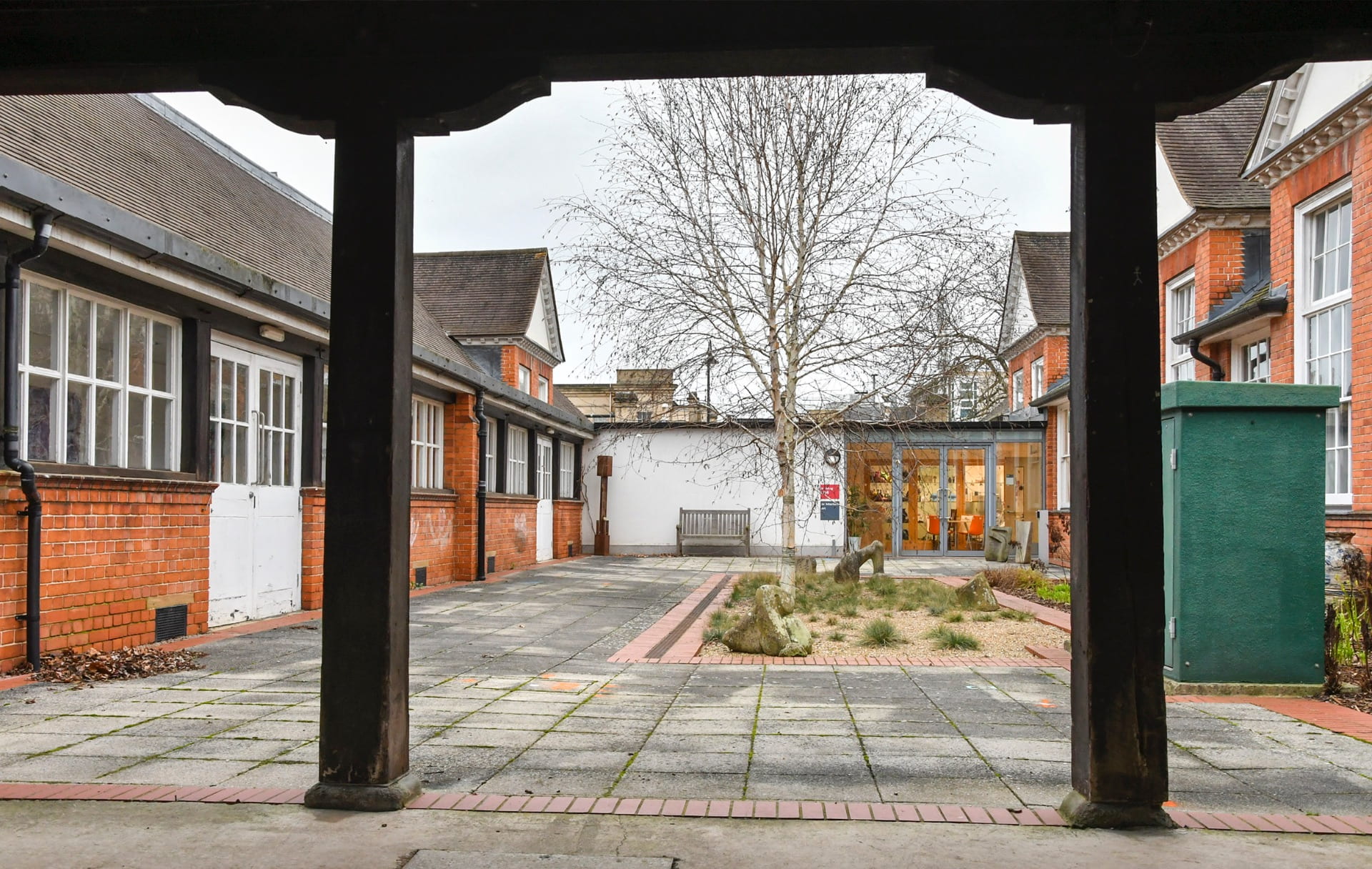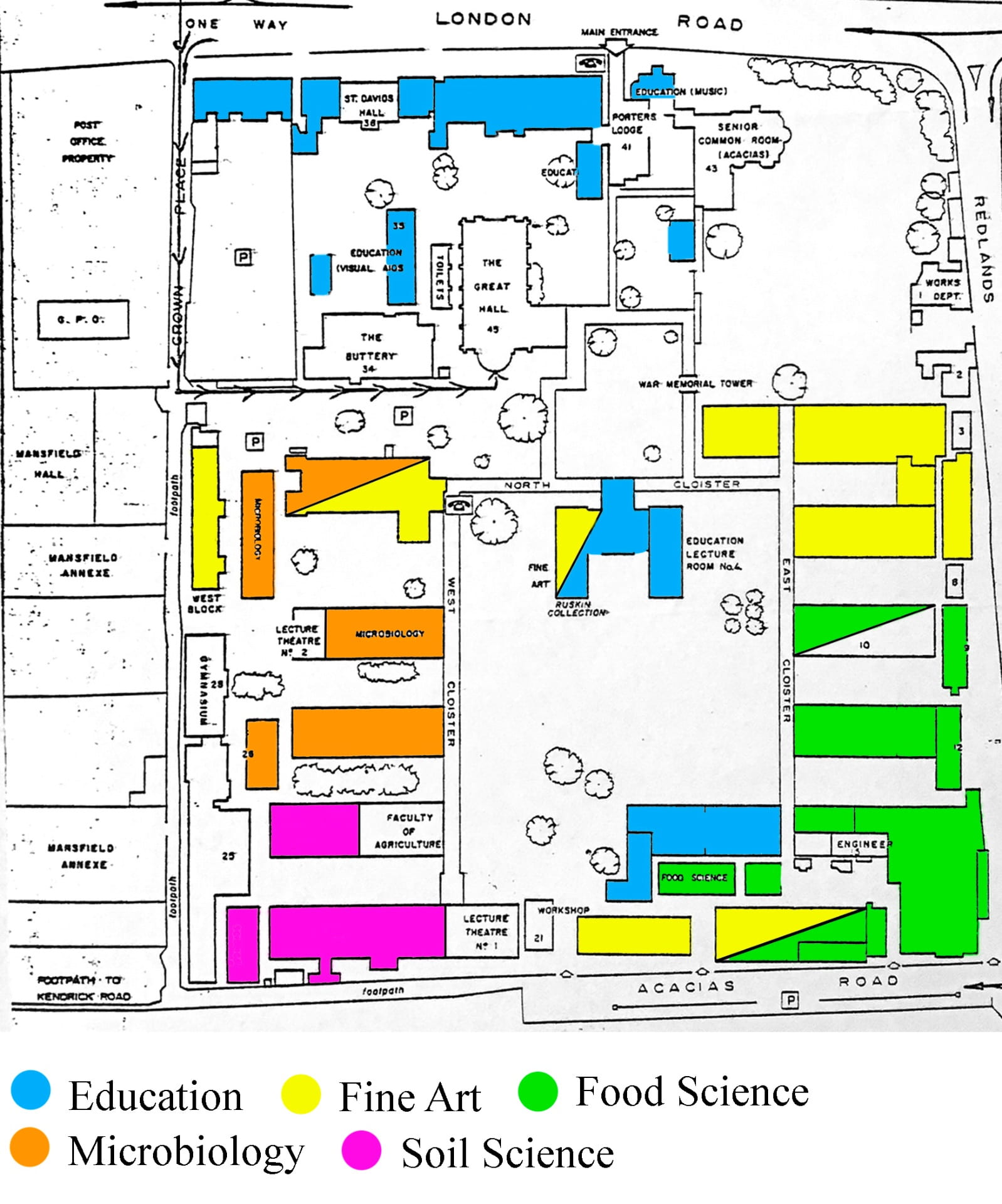This post for Holocaust Memorial Day was suggested by Richard Keefe as a tribute to Marianne Grünfeld. Richard sent me the article from ‘Reading Reading’ on which much of the post is based.
Marianne Grünfeld was a Horticulture Student at Reading in the 1930s. She had been born into a German family in Katowice, Poland in 1912 and referred to herself as an ‘Upper Silesian’.
She had relatives in England and arrived here in about 1936 to study for the Diploma in Horticulture at the University of Reading. There are some discrepancies over exact dates but, according to the University Calendars of the 1930s, diplomas were usually two-year courses unless a student stayed on for an extra year for a distinction. Records of degree results show Marianne passing her Diploma (Division II) in 1938. I have found no record of further study.

Guernsey
Following her graduation, Marianne answered an advertisement in an agricultural journal and went to work on the Duvaux Farm at St Sampson on the island of Guernsey in 1940.
Her family and her employer were aware that she was exposing herself to danger by doing so, but she was happy there and never took the opportunity to return to England before the German invasion of the Channel Islands in June 1940.
Marianne had not declared that she was Jewish when she registered for an identity card, but one way or another, the authorities found out, and she was interrogated in 1941 and again in April 1942. Although her employer, Edwin Ogier, tried to intercede on her behalf he was unable to protect her. Together with two other Jewish women, Therese Steiner and Auguste Spitz, she was deported to Laval in the north of France where she was formally arrested and removed to Auschwitz-Birkenau Concentration Camp in July 1942.
None of the three women survived, although details of their deaths are not known.
‘Remember Marianne?’
In 1988 Marianne was remembered in an article in ‘Reading Reading’, the magazine of the University of Reading Society and the Friends of the University.

The tribute had the title ‘Remember Marianne?’ and it recalled that she had lived in St Andrew’s Hall and been given the nickname ‘Grundie’. Her contemporaries described her as being:
‘… rather reserved – a strong character, who seemed to enjoy student life in her own quiet way, going to meetings of societies which interested her and generally just being one of the crowd.’
Sources
Carr, G. Marianne Ilse Hanna Grunfeld. The Frank Falla Archive, Guernsey. Retrieved 19 January 2024: https://www.frankfallaarchive.org/people/marianne-grunfield/
University of Reading. Calendar, 1937-38.
University of Reading. Proceedings of the University, 1937-38.
Wither, R. (1988). Remember Marianne? Reading Reading, Autumn 1988, p.11.


